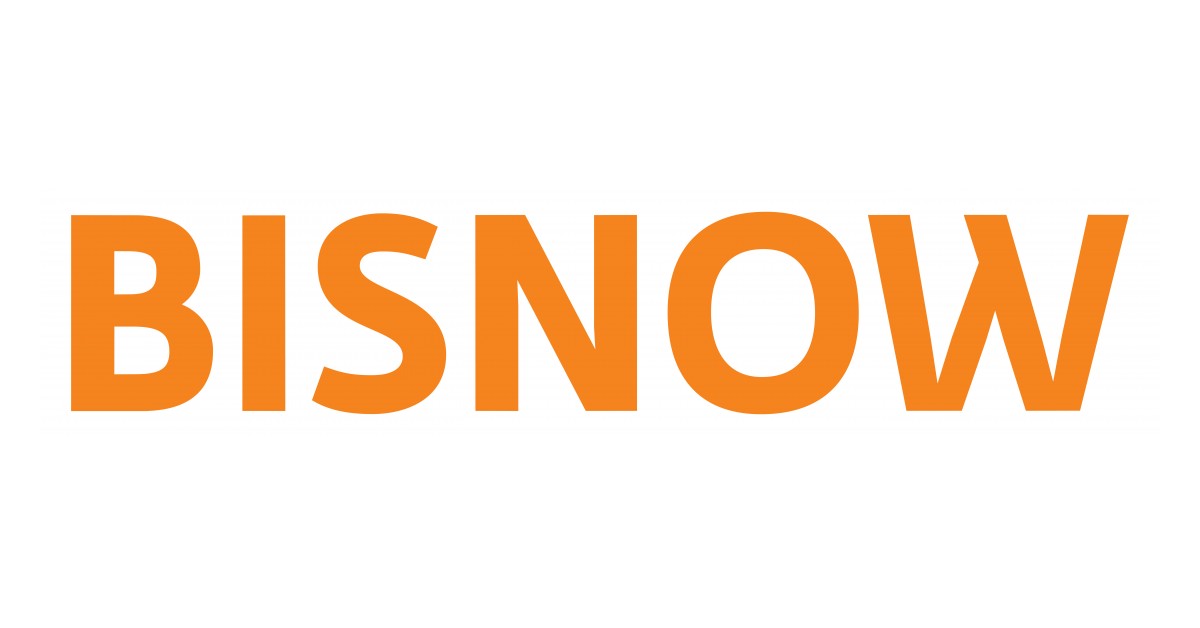A state of flex – Pharma facility design and management
Binswanger’s own Ken Anthony was quoted in an article about Pharma facility design and management. Read the full article here.
One important takeaway from the Amgen model is that in pharma, flexibility comes in many forms. Flexibility can be realized through aspects of facility design, technologies and equipment, and manufacturing processes.
According to Odum, this is one of the biggest stumbling blocks the industry has hit in its quest for flexibility. “One issue is the definition of flexibility. Is it driven by operational issues, products, other items? It is not always consistent between customers,” he says.
Determining what is driving the desire for flexibility is often the best place to start.
Some pharma manufacturers want a facility that can be physically scaled up or down to meet changing demands for products. Some want the ability to move equipment from one suite to another for quick changes in production plans. Some are striving for a multimodal facility that can be adapted to make different types of drugs.
Ken Anthony, who has 30 years of experience in engineering and construction for manufacturing, stresses the importance of having this discussion with clients. “You really have to dive into what the customer is ‘needing and expecting’ from flexibility,” says Anthony, who is currently vice president of Strategic Development at Binswanger, a commercial real estate and advisory firm.
The conversation is also happening internally for pharma companies.
“It ends up becoming somewhat of a philosophical discussion within the firm. It really depends on the output requirement and the goal of the individual facility,” says a director-level facilities manager at a major American pharmaceutical company. “For example, you can use a flexible facility to delay any larger capital spend for a product that may have a lower probability of success. Or, for something such as a gene therapy, flexibility of single-use equipment offers speed in terms of cleaning turnaround and validation.”
When it comes to costs, the timing of these flexibility-based decisions is important. As is the case with project design decisions in general, the earlier the better. The Construction Industry Institute uses a “cost-influence curve” to illustrate that it is much easier to influence a project’s outcome during the project planning stage when expenditures are relatively minimal than it is to affect the outcome during operation of the facility when expenditures are more significant. (See Exhibit 1).
Pharma companies and construction firms alike agree that developing a detailed plan of how flexibility is to be delivered upfront is crucial, but Anthony says it’s ideal to level-set expectations because even the best-laid plan isn’t foolproof.
“The concept of flexibility tends to morph over time. You may agree to what flexible means at the beginning of the project, but while you’re building the facility, circumstances change and all of a sudden your flexibility isn’t flexible enough,” Anthony says. “Because who knows what’s going to happen a year from now? How do you translate that uncertainty in the flexibility requirements for a facility? There’s really both an art and a science to it.”











